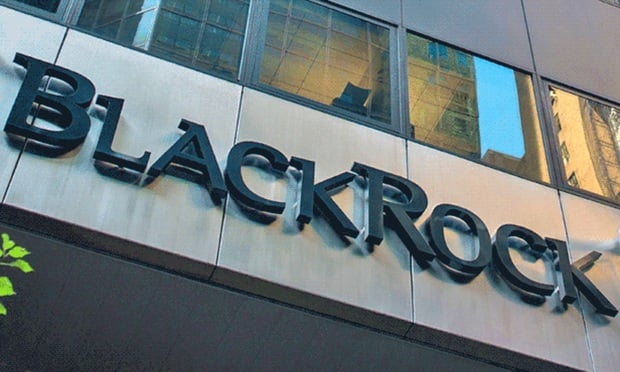Global alternative investments are likely to see strong growth over the next five years, according to a report from McKinsey & Co.
The giant consulting firm expects alternatives to grow to $14.7 trillion, or 15 percent of all global assets under management, in that time. Alt assets hit a global record high of $7.2 trillion last year.
Ultimately, alternatives will account for 40 percent of industry revenues by 2020, compared to 33 percent last year, McKinsey predicts.
Recommended For You
Flows from four primary alternative investors — public pension funds, sovereign wealth funds, smaller institutions and high-net worth retail investors — are expected to drive growth to more than 10 percent annually over the next five years, twice the growth rate of traditional investments.
Institutional investors control about 60 percent of the money in alternatives. The study's sampling of 300 institutional managers revealed the vast majority intends to maintain or increase their allocation to alternatives over the next three years.
McKinsey says "powerful structural forces" account for the strong tailwind behind alternatives.
Namely, institutional investors have grown disillusioned with the volatility in traditional asset classes, and are using alternatives — particularly hedge funds — as an "insurance policy" to dampen volatile swoons in equities.
Evolving portfolio construction is also aiding alternatives. According to the report, investors are more willing to comingle low-cost index strategies with more costly alternative strategies.
While the report says investors' willingness to trade high returns for stable, predictable outcomes is driving much of the push to alternatives, it also notes that low funding ratios in defined benefit pensions are forcing sponsors to move to higher-yielding assets.
The management of alternatives is a much more fragmented market than its traditional counterparts. The top five hedge fund and private equity firms by assets owned less than 10 percent of market share in 2012, whereas the top fixed-income and large-cap management firms controlled 50 percent of their respective markets.
The mainstreaming of alternatives is driving a "trillion-dollar convergence" of traditional and alternative asset management, according to McKinsey.
"Leading hedge funds, private equity firms and traditional asset managers, which to date have occupied distinct niches in the investment management landscape, will increasingly battle for an overlapping set of client and product opportunities in the growing alternatives market," wrote the report's authors.+
© Touchpoint Markets, All Rights Reserved. Request academic re-use from www.copyright.com. All other uses, submit a request to [email protected]. For more inforrmation visit Asset & Logo Licensing.







